Ubuntu安装maven并且配置阿里源
ubuntu环境搭建专栏🔗点击跳转
Ubuntu系统环境搭建(十二)——Ubuntu安装maven并且配置阿里源
文章目录
- Ubuntu系统环境搭建(十二)——Ubuntu安装maven并且配置阿里源
- 1.安装maven
- 1.1更新源列表
- 1.2安装
- 1.3验证
- 2.配置阿里源
本篇文章对应之前写的Ubuntu系统环境搭建(五)——Ubuntu安装maven,是对这篇文章的纠正和补充,这一篇是最新版的搭建手册,请以这一篇为准!
1.安装maven
1.1更新源列表
sudo apt update
1.2安装
sudo apt install maven
1.3验证
mvn -v
2.配置阿里源
用下列setting文件替换
/usr/share/maven/conf下的settings.xml
<?xml version="1.0" encoding="UTF-8"?><!--
Licensed to the Apache Software Foundation (ASF) under one
or more contributor license agreements. See the NOTICE file
distributed with this work for additional information
regarding copyright ownership. The ASF licenses this file
to you under the Apache License, Version 2.0 (the
"License"); you may not use this file except in compliance
with the License. You may obtain a copy of the License athttp://www.apache.org/licenses/LICENSE-2.0Unless required by applicable law or agreed to in writing,
software distributed under the License is distributed on an
"AS IS" BASIS, WITHOUT WARRANTIES OR CONDITIONS OF ANY
KIND, either express or implied. See the License for the
specific language governing permissions and limitations
under the License.
--><!--| This is the configuration file for Maven. It can be specified at two levels:|| 1. User Level. This settings.xml file provides configuration for a single user,| and is normally provided in ${user.home}/.m2/settings.xml.|| NOTE: This location can be overridden with the CLI option:|| -s /path/to/user/settings.xml|| 2. Global Level. This settings.xml file provides configuration for all Maven| users on a machine (assuming they're all using the same Maven| installation). It's normally provided in| ${maven.conf}/settings.xml.|| NOTE: This location can be overridden with the CLI option:|| -gs /path/to/global/settings.xml|| The sections in this sample file are intended to give you a running start at| getting the most out of your Maven installation. Where appropriate, the default| values (values used when the setting is not specified) are provided.||-->
<settings xmlns="http://maven.apache.org/SETTINGS/1.2.0"xmlns:xsi="http://www.w3.org/2001/XMLSchema-instance"xsi:schemaLocation="http://maven.apache.org/SETTINGS/1.2.0 https://maven.apache.org/xsd/settings-1.2.0.xsd"><!-- localRepository| The path to the local repository maven will use to store artifacts.|| Default: ${user.home}/.m2/repository<localRepository>/path/to/local/repo</localRepository>--><!-- interactiveMode| This will determine whether maven prompts you when it needs input. If set to false,| maven will use a sensible default value, perhaps based on some other setting, for| the parameter in question.|| Default: true<interactiveMode>true</interactiveMode>--><!-- offline| Determines whether maven should attempt to connect to the network when executing a build.| This will have an effect on artifact downloads, artifact deployment, and others.|| Default: false<offline>false</offline>--><!-- pluginGroups| This is a list of additional group identifiers that will be searched when resolving plugins by their prefix, i.e.| when invoking a command line like "mvn prefix:goal". Maven will automatically add the group identifiers| "org.apache.maven.plugins" and "org.codehaus.mojo" if these are not already contained in the list.|--><pluginGroups><!-- pluginGroup| Specifies a further group identifier to use for plugin lookup.<pluginGroup>com.your.plugins</pluginGroup>--></pluginGroups><!-- TODO Since when can proxies be selected as depicted? --><!-- proxies| This is a list of proxies which can be used on this machine to connect to the network.| Unless otherwise specified (by system property or command-line switch), the first proxy| specification in this list marked as active will be used.|--><proxies><!-- proxy| Specification for one proxy, to be used in connecting to the network.|<proxy><id>optional</id><active>true</active><protocol>http</protocol><username>proxyuser</username><password>proxypass</password><host>proxy.host.net</host><port>80</port><nonProxyHosts>local.net|some.host.com</nonProxyHosts></proxy>--></proxies><!-- servers| This is a list of authentication profiles, keyed by the server-id used within the system.| Authentication profiles can be used whenever maven must make a connection to a remote server.|--><servers><!-- server| Specifies the authentication information to use when connecting to a particular server, identified by| a unique name within the system (referred to by the 'id' attribute below).|| NOTE: You should either specify username/password OR privateKey/passphrase, since these pairings are| used together.|<server><id>deploymentRepo</id><username>repouser</username><password>repopwd</password></server>--><!-- Another sample, using keys to authenticate.<server><id>siteServer</id><privateKey>/path/to/private/key</privateKey><passphrase>optional; leave empty if not used.</passphrase></server>--></servers><!-- mirrors| This is a list of mirrors to be used in downloading artifacts from remote repositories.|| It works like this: a POM may declare a repository to use in resolving certain artifacts.| However, this repository may have problems with heavy traffic at times, so people have mirrored| it to several places.|| That repository definition will have a unique id, so we can create a mirror reference for that| repository, to be used as an alternate download site. The mirror site will be the preferred| server for that repository.|--><mirrors><!-- mirror| Specifies a repository mirror site to use instead of a given repository. The repository that| this mirror serves has an ID that matches the mirrorOf element of this mirror. IDs are used| for inheritance and direct lookup purposes, and must be unique across the set of mirrors.|<mirror><id>mirrorId</id><mirrorOf>repositoryId</mirrorOf><name>Human Readable Name for this Mirror.</name><url>http://my.repository.com/repo/path</url></mirror>--><!-- aliyun --><mirror><id>aliyun</id><mirrorOf>*</mirrorOf><name>aliyun</name><url>https://maven.aliyun.com/repository/public</url></mirror></mirrors><!-- profiles| This is a list of profiles which can be activated in a variety of ways, and which can modify| the build process. Profiles provided in the settings.xml are intended to provide local machine-| specific paths and repository locations which allow the build to work in the local environment.|| For example, if you have an integration testing plugin - like cactus - that needs to know where| your Tomcat instance is installed, you can provide a variable here such that the variable is| dereferenced during the build process to configure the cactus plugin.|| As noted above, profiles can be activated in a variety of ways. One way - the activeProfiles| section of this document (settings.xml) - will be discussed later. Another way essentially| relies on the detection of a property, either matching a particular value for the property,| or merely testing its existence. Profiles can also be activated by JDK version prefix, where a| value of '1.4' might activate a profile when the build is executed on a JDK version of '1.4.2_07'.| Finally, the list of active profiles can be specified directly from the command line.|| NOTE: For profiles defined in the settings.xml, you are restricted to specifying only artifact| repositories, plugin repositories, and free-form properties to be used as configuration| variables for plugins in the POM.||--><profiles><!-- profile| Specifies a set of introductions to the build process, to be activated using one or more of the| mechanisms described above. For inheritance purposes, and to activate profiles via <activatedProfiles/>| or the command line, profiles have to have an ID that is unique.|| An encouraged best practice for profile identification is to use a consistent naming convention| for profiles, such as 'env-dev', 'env-test', 'env-production', 'user-jdcasey', 'user-brett', etc.| This will make it more intuitive to understand what the set of introduced profiles is attempting| to accomplish, particularly when you only have a list of profile id's for debug.|| This profile example uses the JDK version to trigger activation, and provides a JDK-specific repo.<profile><id>jdk-1.4</id><activation><jdk>1.4</jdk></activation><repositories><repository><id>jdk14</id><name>Repository for JDK 1.4 builds</name><url>http://www.myhost.com/maven/jdk14</url><layout>default</layout><snapshotPolicy>always</snapshotPolicy></repository></repositories></profile>--><!--| Here is another profile, activated by the property 'target-env' with a value of 'dev', which| provides a specific path to the Tomcat instance. To use this, your plugin configuration might| hypothetically look like:|| ...| <plugin>| <groupId>org.myco.myplugins</groupId>| <artifactId>myplugin</artifactId>|| <configuration>| <tomcatLocation>${tomcatPath}</tomcatLocation>| </configuration>| </plugin>| ...|| NOTE: If you just wanted to inject this configuration whenever someone set 'target-env' to| anything, you could just leave off the <value/> inside the activation-property.|<profile><id>env-dev</id><activation><property><name>target-env</name><value>dev</value></property></activation><properties><tomcatPath>/path/to/tomcat/instance</tomcatPath></properties></profile>--></profiles><!-- activeProfiles| List of profiles that are active for all builds.|<activeProfiles><activeProfile>alwaysActiveProfile</activeProfile><activeProfile>anotherAlwaysActiveProfile</activeProfile></activeProfiles>-->
</settings>
相关文章:

Ubuntu安装maven并且配置阿里源
ubuntu环境搭建专栏🔗点击跳转 Ubuntu系统环境搭建(十二)——Ubuntu安装maven并且配置阿里源 文章目录 Ubuntu系统环境搭建(十二)——Ubuntu安装maven并且配置阿里源1.安装maven1.1更新源列表1.2安装1.3验证 2.配置阿…...
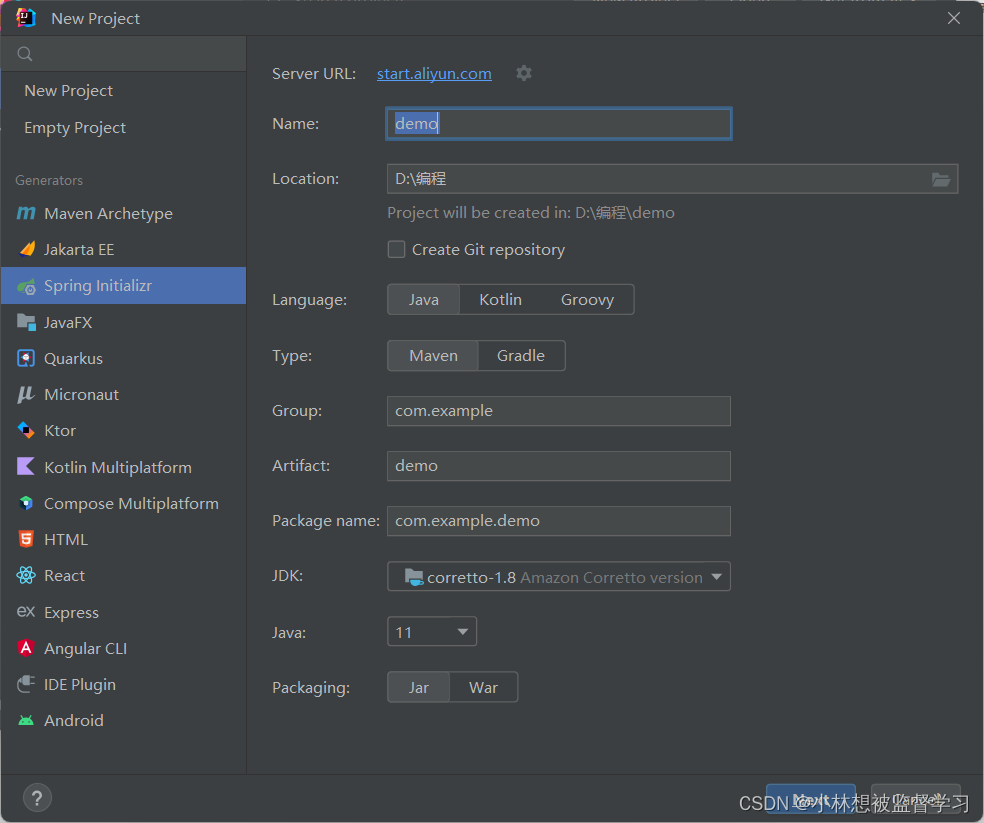
如何通过idea使用JDK8.0创建Spring项目
目前 IDEA 进行了优化,所以我们在创建 Spring 项目时会发现,以及不能选择通过 JDK8.0 创建了,这是因为官方已经不再提供 JDK8.0 创建 Spring 项目,我们可以通过修改创建 Spring 项目的路径来解决该问题 在创建 Spring 项目的页面&…...
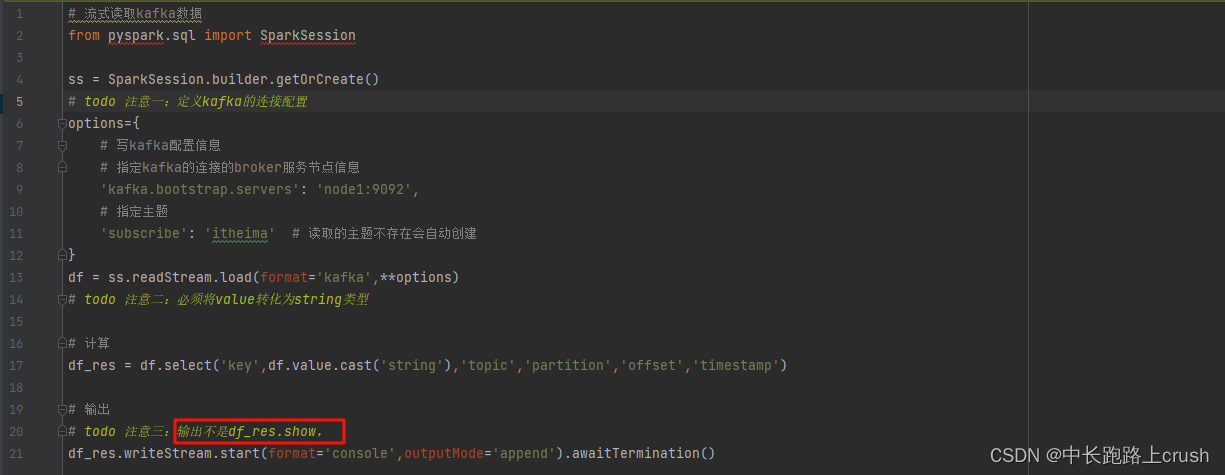
Spark读取kafka(流式和批数据)
spark读取kafka(批数据处理) # 按照偏移量读取kafka数据 from pyspark.sql import SparkSessionss SparkSession.builder.getOrCreate()# spark读取kafka options {# 写kafka配置信息# 指定kafka的连接的broker服务节点信息kafka.bootstrap.servers: n…...

经典目标检测YOLO系列(二)YOLOV2的复现(1)总体网络架构及前向推理过程
经典目标检测YOLO系列(二)YOLOV2的复现(1)总体网络架构及前向推理过程 和之前实现的YOLOv1一样,根据《YOLO目标检测》(ISBN:9787115627094)一书,在不脱离YOLOv2的大部分核心理念的前提下,重构一款较新的YOLOv2检测器,来对YOLOV2有…...
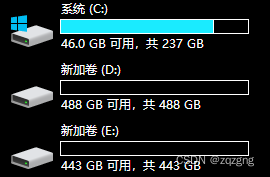
怎样使用崭新的硬盘
新买的一块硬盘,接到电脑上,打开机器,却找不到新的硬盘,怎么回事?新的硬盘是坏的么?怎样才能把新硬盘用起来? 可能有几种原因导致您的电脑无法识别新的硬盘。以下是一些建议的解决方法ÿ…...

Kafka-多线程消费及分区设置
目录 一、Kafka是什么?消息系统:Publish/subscribe(发布/订阅者)模式相关术语 二、初步使用1.yml文件配置2.生产者类3.消费者类4.发送消息 三、减少分区数量1.停止业务服务进程2.停止kafka服务进程3.重新启动kafka服务4.重新启动业…...
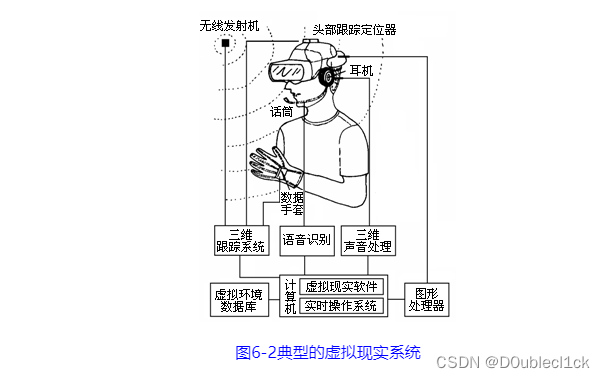
计算机导论06-人机交互
文章目录 人机交互基础人机交互概述人机交互及其发展人机交互方式人机界面 新型人机交互技术显示屏技术跟踪与识别(技术)脑-机接口 多媒体技术多媒体技术基础多媒体的概念多媒体技术及其特性多媒体技术的应用多媒体技术发展趋势 多媒体应用技术文字&…...
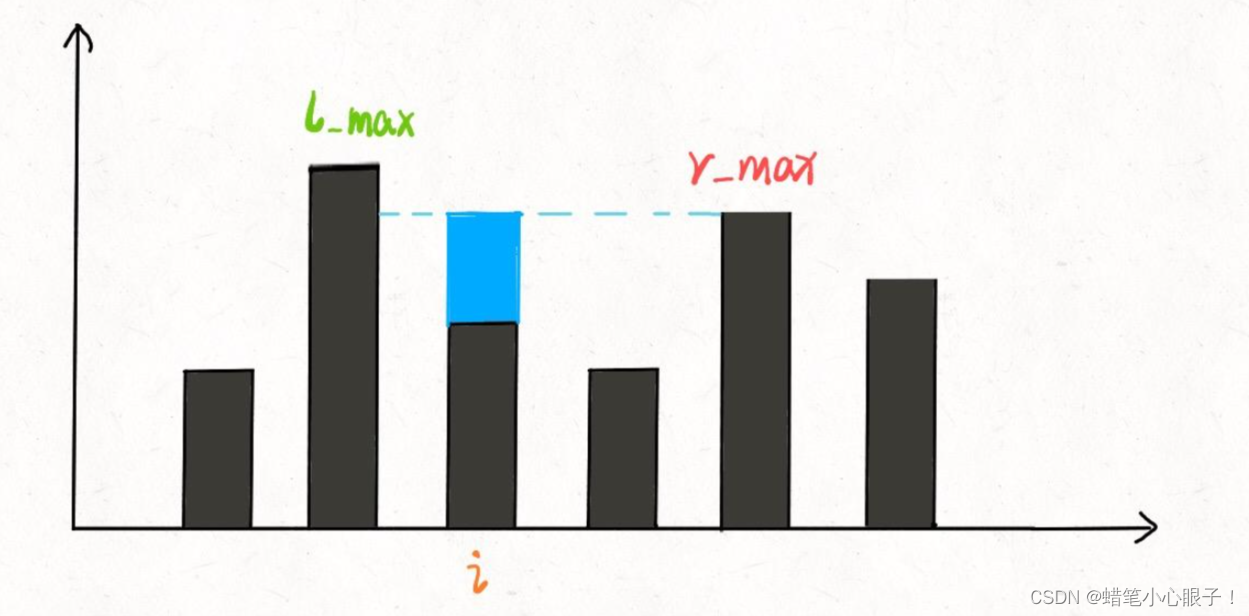
hot100:07接雨水
题目链接: 力扣(LeetCode)官网 - 全球极客挚爱的技术成长平台 算法思想: 这里采取的是暴力解法和双指针的解法,但是这个题目还有其他的两种解法(单调栈和动态规划,同学可以自行了解ÿ…...
)
Docker安装MySQL教程分享(附MySQL基础入门教程)
docker安装MySQL Docker可以通过以下命令来安装MySQL容器: 首先确保已经在计算机上安装了Docker。如果没有安装,请根据操作系统的不同进行相应的安装。 打开终端或命令提示符,并运行以下命令拉取最新版本的MySQL镜像: docker pu…...

麒麟V10挂载iso,配置yum源
本文介绍yum 如何挂载本地镜像源 1) 拷贝镜像到本地 2) 执行以下命令: # mount -o loop 镜像路径及镜像名字 /mnt(或 media) 挂载前 挂载后 3) 进入/etc/yum.repos.d(yum.repos.d 是一个目录,该目录是分析 RPM 软件…...
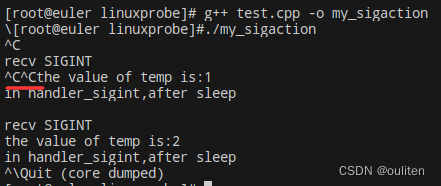
《Linux C编程实战》笔记:信号的捕捉和处理
Linux系统中对信号的处理主要由signal和sigaction函数来完成,另外还会介绍一个函数pause,它可以用来响应任何信号,不过不做任何处理 signal函数 #include <signal.h> void (*signal(int signum, void (*handler)(int)))(int);可以分解…...
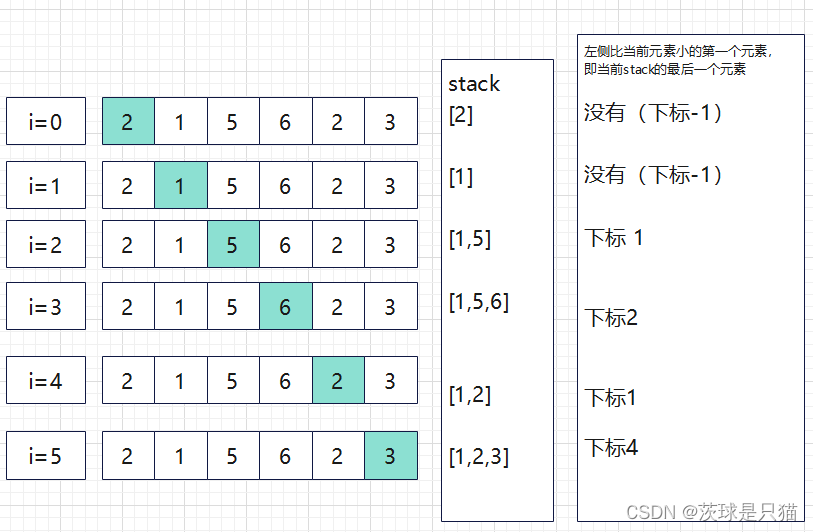
python算法与数据结构---单调栈与实践
单调栈 单调栈是一个栈,里面的元素的大小按照它们所在栈的位置,满足一定的单调性; 性质: 单调递减栈能找到左边第一个比当前元素大的元素;单调递增栈能找到左边第一个比当前元素小的元素; 应用场景 一般用…...

文心一言使用分享
ChatGPT 和文心一言哪个更好用? 一个直接可以用,一个还需要借助一些工具,还有可能账号会消失…… 没有可比性。 通用大模型用于特定功能的时候需要一些引导技巧。 import math import time def calculate_coordinate(c, d, e, f, g, h,…...
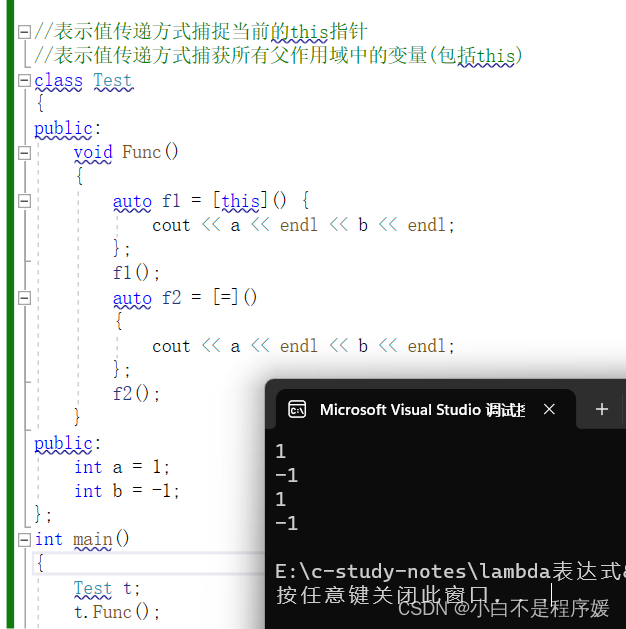
【C++干货铺】C++11新特性——lambda表达式 | 包装器
个人主页点击直达:小白不是程序媛 C系列专栏:C干货铺 代码仓库:Gitee 目录 C98中的排序 lambda表达式 lambda表达式语法 表达式中的各部分说明 lambda表达式的使用 基本的使用 [var]值传递捕捉变量var 编辑 [&var]引用传递捕…...

在 EggJS 中实现 Redis 上锁
配置环境 下载 Redis Windows 访问 https://github.com/microsoftarchive/redis/releases 选择版本进行下载 - 勾选 [配置到环境变量] - 无脑下一步并安装 命令行执行:redis-cli -v 查看已安装的 Redis 版本,能成功查看就表示安装成功啦~ Mac brew i…...

Unity-场景
创建场景 创建新的场景后: 文件 -> 生成设置 -> Build中的场景 -> 将项目中需要使用的场景拖进去 SceneTest public class SceneTest : MonoBehaviour {// Start is called before the first frame updatevoid Start(){// 两个类: 场景类、场…...

MATLAB R2023b for Mac 中文
MATLAB R2023b 是 MathWorks 发布的最新版本的 MATLAB,适用于进行算法开发、数据可视化、数据分析以及数值计算等任务的工程师和科学家。它包含了一系列新增功能和改进,如改进了数据导入工具,增加了对数据帧和表格对象的支持,增强…...
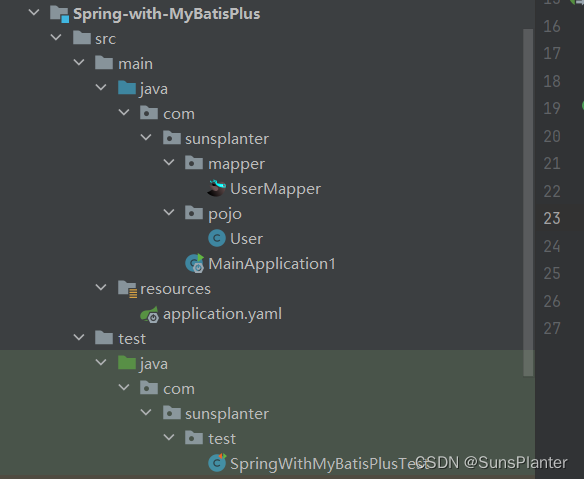
01 MyBatisPlus快速入门
1. MyBatis-Plus快速入门 版本 3.5.31并非另起炉灶 , 而是MyBatis的增强 , 使用之前依然要导入MyBatis的依赖 , 且之前MyBatis的所有功能依然可以使用.局限性是仅限于单表操作, 对于多表仍需要手写 项目结构: 先导入依赖,比之前多了一个mybatis-plus…...
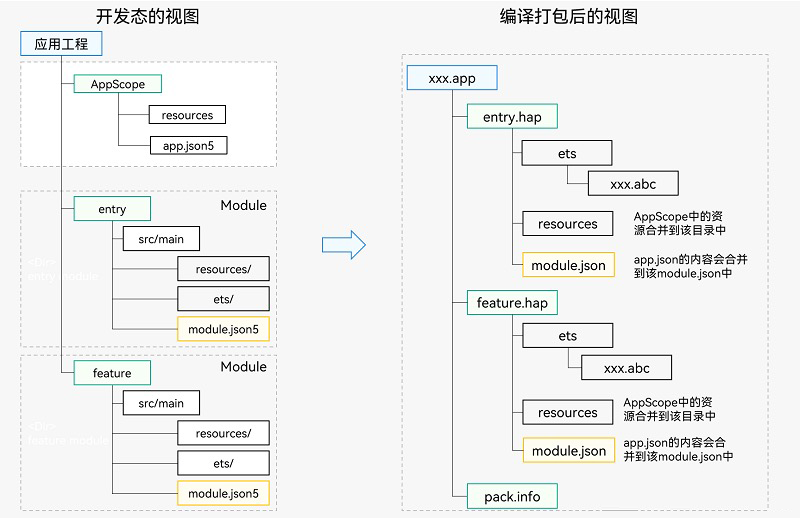
HarmonyOS 应用开发入门
HarmonyOS 应用开发入门 前言 DevEco Studio Release版本为:DevEco Studio 3.1.1。 Compile SDK Release版本为:3.1.0(API 9)。 构建方式为 HVigor,而非 Gradle。 最新版本已不再支持 (”Java、JavaScrip…...
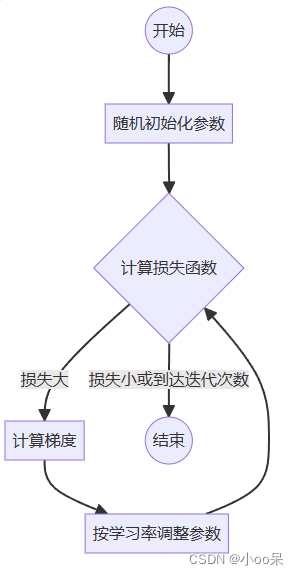
【机器学习300问】9、梯度下降是用来干嘛的?
当你和我一样对自己问出这个问题后,分析一下!其实我首先得知道梯度下降是什么,也就它的定义。其次我得了解它具体用在什么地方,也就是使用场景。最后才是这个问题,梯度下降有什么用?怎么用? 所以…...
)
Java 语言特性(面试系列1)
一、面向对象编程 1. 封装(Encapsulation) 定义:将数据(属性)和操作数据的方法绑定在一起,通过访问控制符(private、protected、public)隐藏内部实现细节。示例: public …...

大数据零基础学习day1之环境准备和大数据初步理解
学习大数据会使用到多台Linux服务器。 一、环境准备 1、VMware 基于VMware构建Linux虚拟机 是大数据从业者或者IT从业者的必备技能之一也是成本低廉的方案 所以VMware虚拟机方案是必须要学习的。 (1)设置网关 打开VMware虚拟机,点击编辑…...

页面渲染流程与性能优化
页面渲染流程与性能优化详解(完整版) 一、现代浏览器渲染流程(详细说明) 1. 构建DOM树 浏览器接收到HTML文档后,会逐步解析并构建DOM(Document Object Model)树。具体过程如下: (…...

代理篇12|深入理解 Vite中的Proxy接口代理配置
在前端开发中,常常会遇到 跨域请求接口 的情况。为了解决这个问题,Vite 和 Webpack 都提供了 proxy 代理功能,用于将本地开发请求转发到后端服务器。 什么是代理(proxy)? 代理是在开发过程中,前端项目通过开发服务器,将指定的请求“转发”到真实的后端服务器,从而绕…...

Java线上CPU飙高问题排查全指南
一、引言 在Java应用的线上运行环境中,CPU飙高是一个常见且棘手的性能问题。当系统出现CPU飙高时,通常会导致应用响应缓慢,甚至服务不可用,严重影响用户体验和业务运行。因此,掌握一套科学有效的CPU飙高问题排查方法&…...

在Mathematica中实现Newton-Raphson迭代的收敛时间算法(一般三次多项式)
考察一般的三次多项式,以r为参数: p[z_, r_] : z^3 (r - 1) z - r; roots[r_] : z /. Solve[p[z, r] 0, z]; 此多项式的根为: 尽管看起来这个多项式是特殊的,其实一般的三次多项式都是可以通过线性变换化为这个形式…...
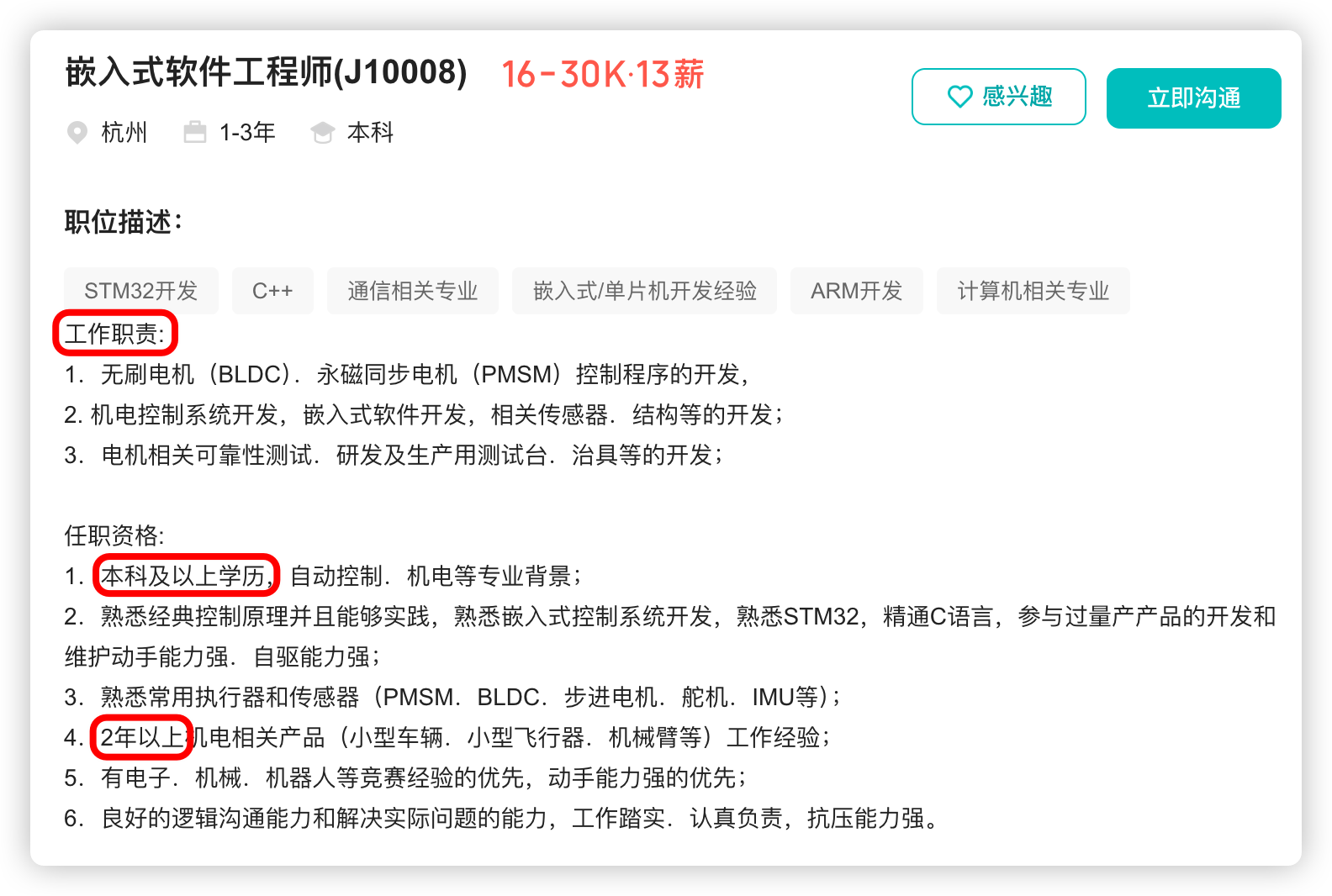
宇树科技,改名了!
提到国内具身智能和机器人领域的代表企业,那宇树科技(Unitree)必须名列其榜。 最近,宇树科技的一项新变动消息在业界引发了不少关注和讨论,即: 宇树向其合作伙伴发布了一封公司名称变更函称,因…...

Unity中的transform.up
2025年6月8日,周日下午 在Unity中,transform.up是Transform组件的一个属性,表示游戏对象在世界空间中的“上”方向(Y轴正方向),且会随对象旋转动态变化。以下是关键点解析: 基本定义 transfor…...
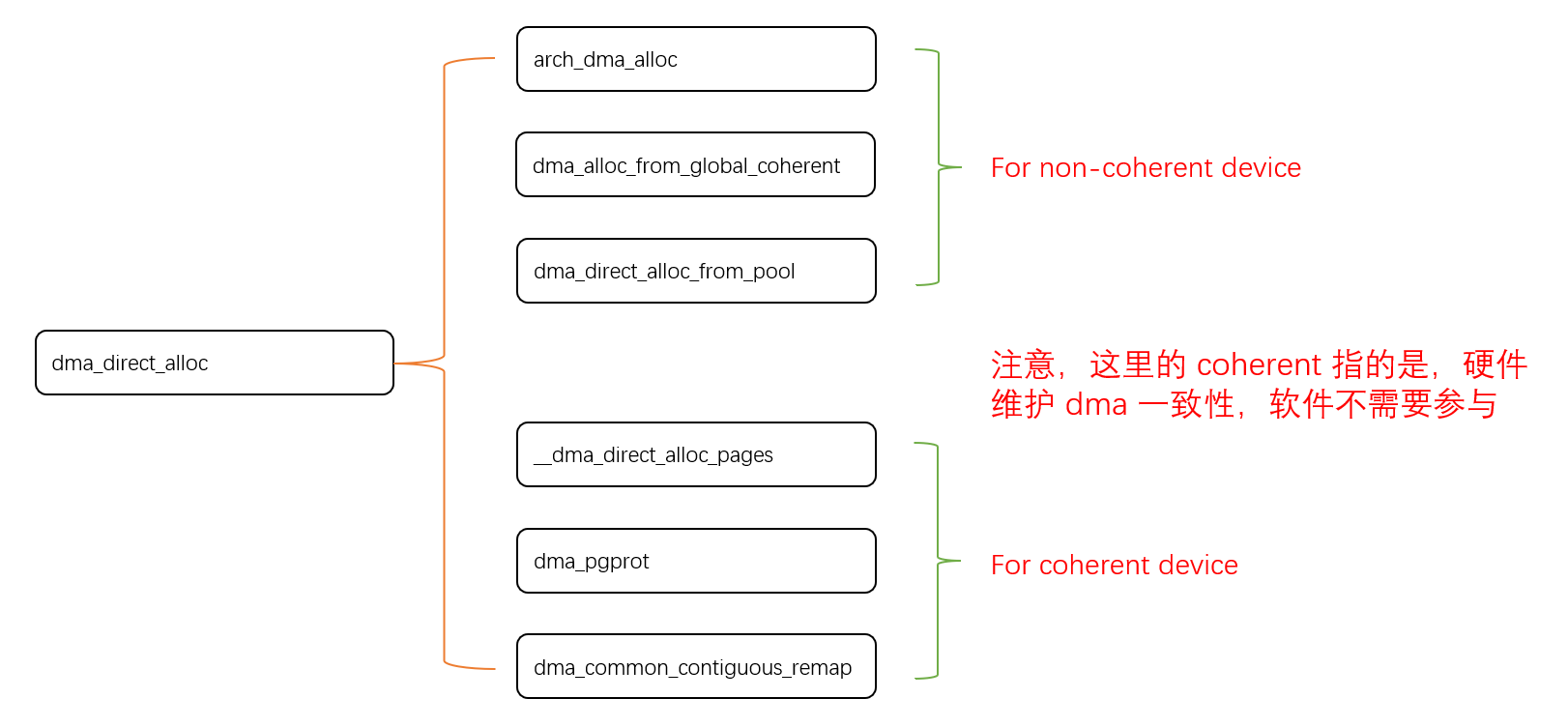
Linux 下 DMA 内存映射浅析
序 系统 I/O 设备驱动程序通常调用其特定子系统的接口为 DMA 分配内存,但最终会调到 DMA 子系统的dma_alloc_coherent()/dma_alloc_attrs() 等接口。 关于 dma_alloc_coherent 接口详细的代码讲解、调用流程,可以参考这篇文章,我觉得写的非常…...

Spring Boot + MyBatis 集成支付宝支付流程
Spring Boot MyBatis 集成支付宝支付流程 核心流程 商户系统生成订单调用支付宝创建预支付订单用户跳转支付宝完成支付支付宝异步通知支付结果商户处理支付结果更新订单状态支付宝同步跳转回商户页面 代码实现示例(电脑网站支付) 1. 添加依赖 <!…...
